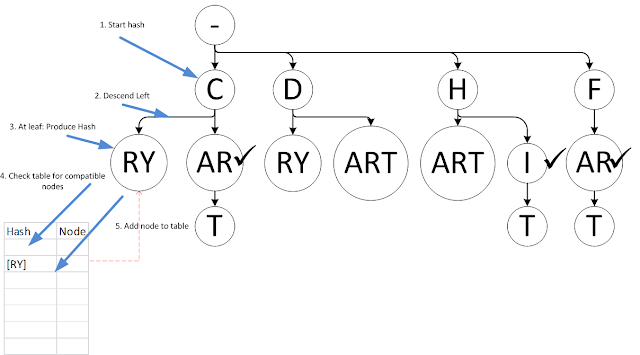Many people are unhappy at work. It doesn't have to be that way; a few key behaviors and perspectives will make your work life better and easier.
- Take pride in your work.
- It's sad when you don't. Those of us who care notice.
- If you can't bring yourself to care about your work, quit.
- Fulfill your responsibilities.
- Among other things, it hurts other people when you don't. Not just you.
- Only sign up for work you are sure you can do.
- If you feel obliged to sign up for things you can't do, quit.
- Do not take responsibility for anything that is not in your purview or the responsibility of a direct report.
- If you are held accountable for others' failures, quit.
- Do not feel responsible for others' failure to do their work unless they report to you. You must be able to assume that other people will do their jobs.
- If this is not practical in your role, quit.
- Do not ever lie.
- Lying is: intentionally creating or persisting in another person a view of the world that does not match reality. This conceptual error may be harmful to them, and you should not presume to know what will hurt others and what will not.
- It's disgusting. You're not a four year old. (If you are a four year old, write me at pmcculler@gmail.com and we'll take it up offline).
- A poorly considered work estimate is usually a lie.
- If you feel obliged to lie, quit.
- As a manager, your team is your work product.
- Make them powerful.
- You categorically cannot be successful when your team is not.
- If you are not rewarded for just and only this, quit.
- Tell people what you are doing and how it is going.
- If you're not regular and explicit, you are misleading them.
- Expect and reciprocate cooperation.
- Cooperation is expected and necessary and should be natural and easy.
- If cooperation is painful, quit.
- Coordinate with your broad team to make sure all scenarios and processes actually work.
- If no one cares, quit.
- Do beat yourself up over failures, exactly until you get the message.
- You are the only one who can do this effectively.
- Get better at your work over time.
- The straight odds of being in the top 1% of your field are 100:1. Do you work 100x harder than 1% of your colleagues? 50x harder than 2%?
- Use your curiosity.
- Things you don't know are always the ones that wind up hurting you.
- ... and helping you.
- Look for a better way.
- The odds you're doing it the best way you can with the resources you have are miniscule.
- If your manager insists that you do it badly anyway, quit.
- Prompt for and accept feedback.
- Most of the feedback you get will be clandestine, implied, or third hand. Find it.
- If you never receive any positive feedback, quit.
You've noticed many "if... , quit." imperatives. Yes. You can be successful, and life doesn't have to be horrible. Work to improve your situation, but remember that you are in an environment that is also a self-perpetuating system. Not all environments will respond to your sincere, thoughtful, and persistent attempts to improve them. Ultimately, you can control yourself, not your environment, but you can and should look for better environments to inhabit, thrive in, and improve.













